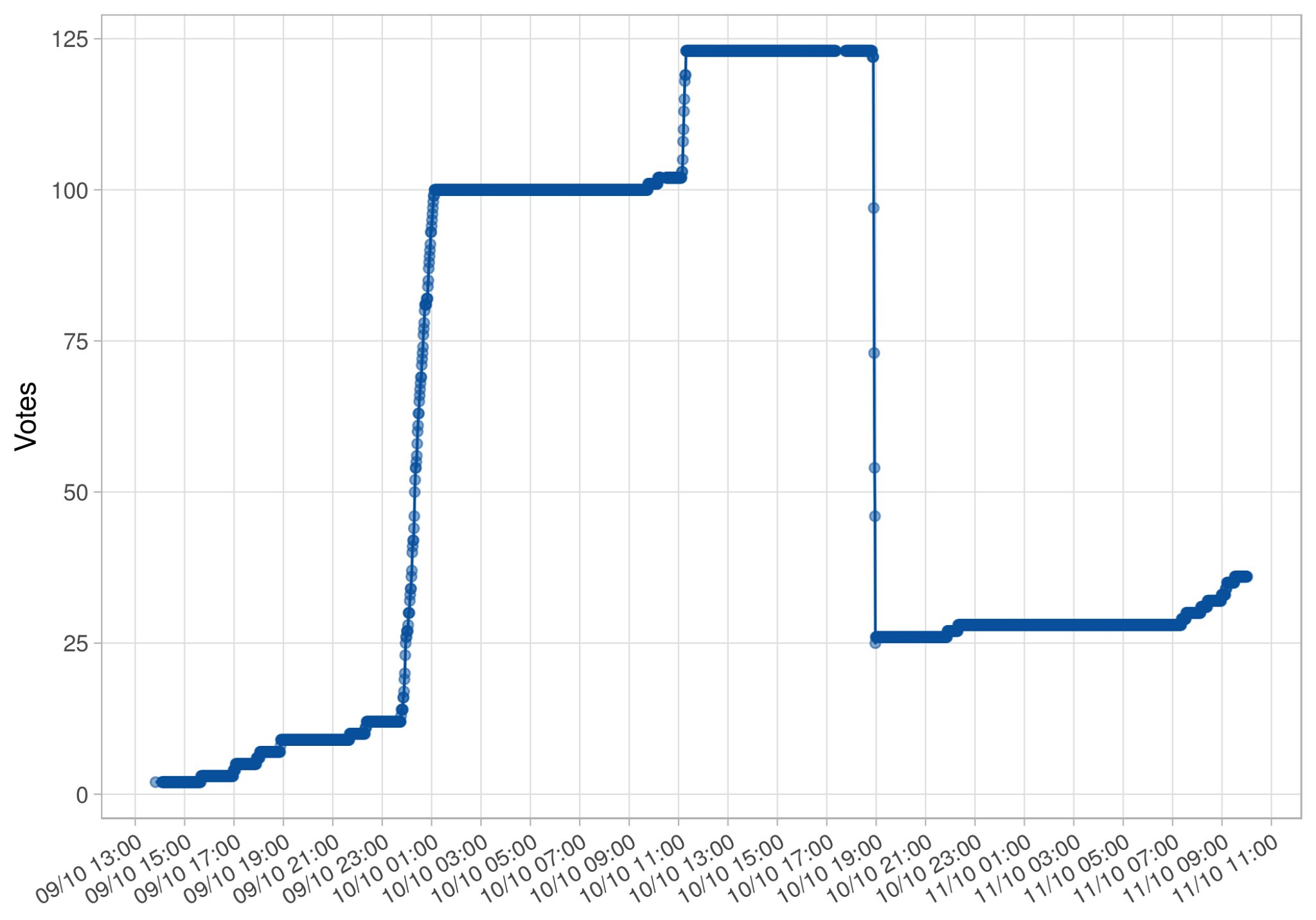Routine monitoring of the Bird of the Year election by Yvan Richard uncovered fraudulent voting in the competition last week. The discovery was picked up by media worldwide and “ruffled a few feathers” in New Zealand as well.
Yvan was tracking the votes by bird in the Forest & Bird election by scraping the online results. He became suspicious when he noticed that votes for the white-faced heron had shot up by 100 overnight.
“I saw the big spike so made contact with the competition organiser, Kimberley Collins. We checked it out and found that all the votes had come from the same IP address, and the email addresses were probably automatically generated, rather than belonging to different people.”

The fraudulent votes have since been removed, but media attention from the hacking story increased votes for the competition overall as well as for the heron.
Yvan says he has tracked various elections, including Brexit and the 2016 US election.
“In an election it’s the final results that matter. But you can sometimes get surprises by watching the votes as they come in – it turns a static process into exciting viewing. Personally, I think it’s better than watching cricket on TV!”
Yvan says he uses the computer to capture the election data at a predetermined interval and displays it in a useful form for plotting.
“Presenting data in a suitable format is what we do a lot at Dragonfly – extracting, processing and dealing with messy data. I also find it intriguing to look for clues to explain why a trend is changing.”
So which bird did Yvan vote for?
“The New Zealand robin, since I did my PhD on them. Unfortunately the black petrel was not part of the competition this year – our seabirds were definitely under-represented. People are more emotionally connected to the birds they see around them, but many of our seabirds are facing just as significant threats as our land birds.”
Read the press coverage on NZ Herald.


